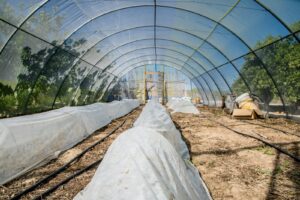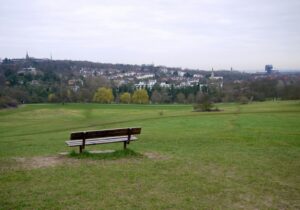The long-term capacity of forests to store carbon is dropping in regions with extreme annual fires, according to a new study conducted by researchers at the University of Cambridge.
The researchers analysed decades’ worth of data from a global network of 374 plots distributed across 29 sites in order to measure the impact of repeated fires on ecosystems across the world.
They found that Savannah ecosystems and regions with extreme wet or dry seasons were the most sensitive to changes in fire frequency.
These effects only emerge over the course of several decades, the study found that after 50 years, regions with the most extreme annual fires had 72% lower wood area and 63% fewer individual trees than in regions that never burned.
According to the study, such changes to the tree community can reduce the forest’s long-term ability to store carbon.
Fire burns 5% of the Earth’s surface every year, releasing carbon dioxide into the atmosphere equivalent to 20% of our annual fossil fuel emissions.
In the past, the majority of carbon released by wildfires was recaptured as ecosystems regenerated. But the more frequent fires of recent years, driven by changes in climate and land use, don’t always allow time for this.
Dr Adam Pellegrini, the first author of the paper, said: ‘Planting trees in areas where trees grow rapidly is widely promoted as a way to mitigate climate change. But to be sustainable, plans must consider the possibility of changes in fire frequency and intensity over the longer term.
‘Our study shows that although wetter regions are better for tree growth, they’re also more vulnerable to fire. That will influence the areas we should manage to try and mitigate climate change.’
Mike Barrett, Executive Director of Science and Conservation at WWF-UK, added: ‘The natural world is our life support system, but nature is currently in freefall. Our world’s forests are vital for storing carbon and every tree than burns down is another loss in the battle against the climate crisis.
‘In many regions, the combination of climate change, deforestation and burning land for agriculture – including for the products we buy here in the UK – is leading to more extreme, frequent and longer-lasting fires. This is causing devastation to crucial forests, such as the Amazon. We must protect nature, to protect the planet, and to protect ourselves.’
Photo Credit – Pixabay
















